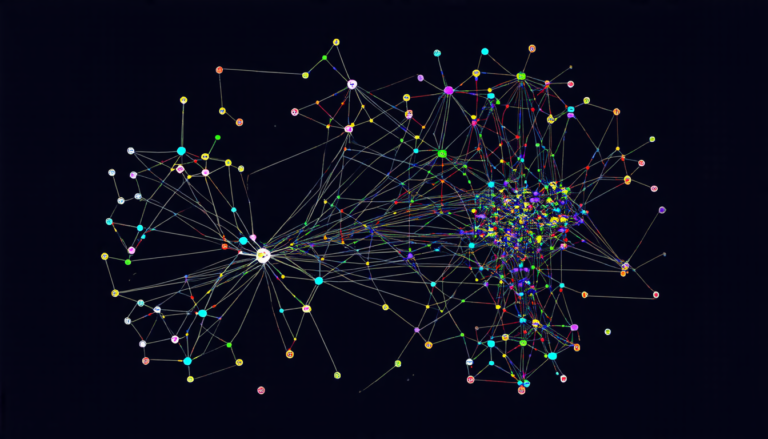Sunday 30 March 2025
The quest for reliable methods in detecting corporate fraud has long been an ongoing challenge for financial regulators and auditors. In recent years, machine learning approaches have shown significant promise in tackling this issue, but they often struggle to effectively integrate rich interactions within company networks. A new study published today aims to address this limitation by proposing a novel graph-based method that leverages knowledge embeddings to mitigate information overload and learn robust representations.
The researchers behind this work recognize the importance of incorporating both financial attributes and structural signals in corporate fraud detection. They note that previous learning-based methods have failed to effectively integrate these interactions, leading to subpar results. To address this issue, they develop a method called Knowledge-Enhanced Graph Convolutional Network with Robust Two-Stage Learning (KeGCNR), which combines graph convolutional networks with knowledge embeddings.
The KeGCNR approach first uses a knowledge embedding model to pretrain node representations based on financial attributes and structural signals. This step aims to capture the underlying patterns and relationships within the company network. The pre-trained node representations are then fine-tuned using a Bayes transition model learning stage, which adapts to the specific characteristics of the fraud detection task.
The authors also introduce a novel hidden-fraud probability learning stage, which uses a two-stage training approach to enhance robustness against hidden frauds. This stage is designed to mitigate the impact of noisy labels on the training dataset and improve the overall accuracy of the model.
To evaluate the effectiveness of KeGCNR, the researchers conduct extensive experiments using three graph datasets with fraud labels collected from 18 years of financial records in China. They compare their method against several strong baselines, including homogeneous and heterogeneous GNN models, as well as traditional machine learning approaches.
The results show that KeGCNR outperforms all compared methods in terms of fraud detection effectiveness and robustness. The authors attribute this success to the ability of KeGCNR to effectively integrate rich interactions within company networks, leveraging both financial attributes and structural signals to improve accuracy.
This study offers a promising approach to corporate fraud detection, one that addresses the limitations of previous machine learning methods. By incorporating knowledge embeddings and adapting to the specific characteristics of the fraud detection task, KeGCNR demonstrates significant potential for improving the accuracy and robustness of corporate fraud detection models. As financial regulators and auditors continue to grapple with the complex issue of corporate fraud, this research provides a valuable contribution to the ongoing efforts to develop more effective methods for detecting and preventing fraudulent activities.
Cite this article: “Knowledge-Enhanced Graph Convolutional Networks for Corporate Fraud Detection”, The Science Archive, 2025.
Machine Learning, Corporate Fraud Detection, Graph Convolutional Networks, Knowledge Embeddings, Financial Attributes, Structural Signals, Graph-Based Method, Robust Representations, Bayes Transition Model, Hidden-Fraud Probability Learning Stage.







